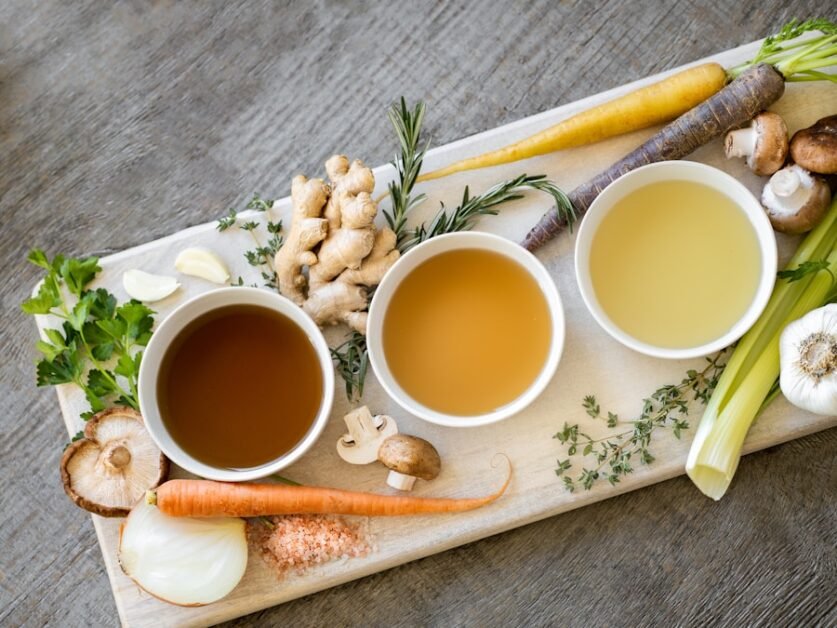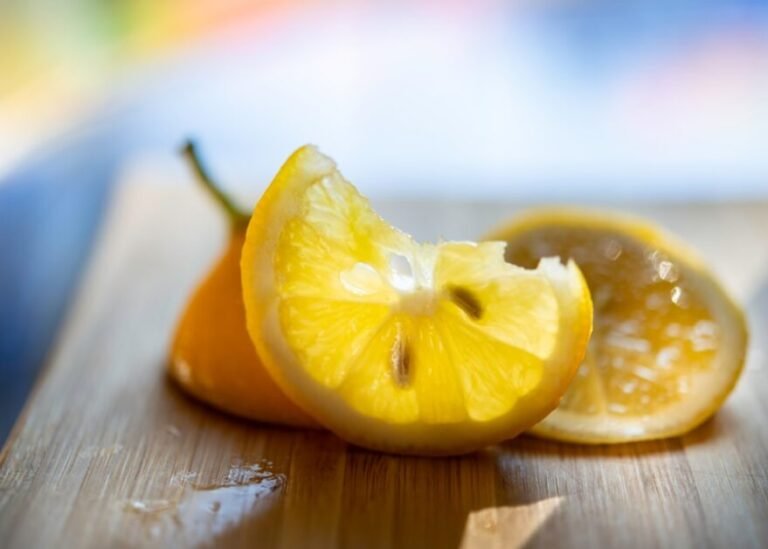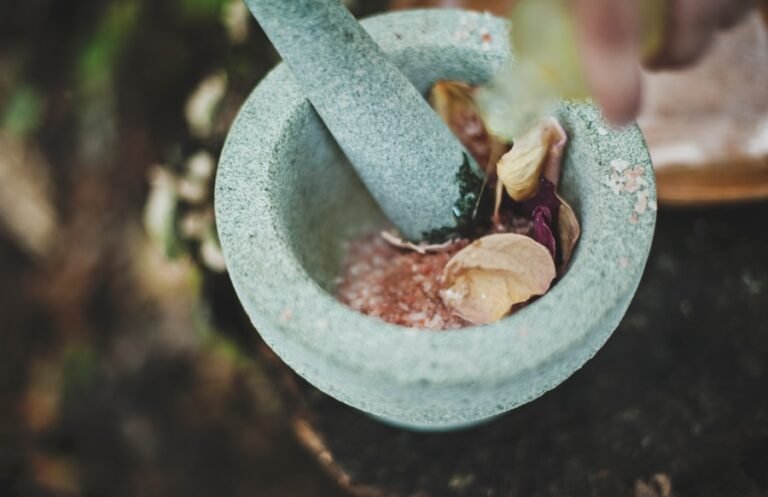The Ultimate Guide to Managing High Blood Pressure with Home Remedies
High blood pressure, also known as hypertension, is a common condition in which the force of the blood against the walls of the arteries is consistently too high. This can lead to serious health issues such as heart disease, stroke, and kidney problems if left untreated. High blood pressure is often referred to as the “silent killer” because it typically has no symptoms, so many people may not even realize they have it. It is important to have regular check-ups with a healthcare professional to monitor blood pressure levels and take necessary steps to manage it.
There are two types of high blood pressure: primary (essential) hypertension and secondary hypertension. Primary hypertension is the most common type and develops over time with no identifiable cause. Secondary hypertension, on the other hand, is caused by an underlying condition such as kidney disease, hormonal disorders, or certain medications. Understanding the type of high blood pressure one has is crucial in determining the appropriate treatment and management plan.
Lifestyle Changes for Managing High Blood Pressure
Making lifestyle changes is often the first line of defense in managing high blood pressure. One of the most important changes one can make is to maintain a healthy weight. Being overweight or obese puts extra strain on the heart and can lead to high blood pressure. By adopting a healthy diet and engaging in regular physical activity, individuals can work towards achieving and maintaining a healthy weight.
In addition to maintaining a healthy weight, reducing salt intake is another important lifestyle change for managing high blood pressure. Consuming too much salt can cause the body to retain fluid, which increases blood pressure. It is recommended to limit sodium intake to no more than 2,300 milligrams per day, and even lower for those with high blood pressure. This can be achieved by avoiding processed and packaged foods, which are often high in sodium, and opting for fresh, whole foods instead.
Dietary Changes for Managing High Blood Pressure
In addition to reducing salt intake, there are several dietary changes that can help manage high blood pressure. One of the most effective dietary changes is increasing potassium intake. Potassium helps the body get rid of sodium and ease pressure on the blood vessels. Foods rich in potassium include bananas, oranges, spinach, and sweet potatoes. Another important dietary change is increasing intake of foods rich in magnesium, such as nuts, seeds, and whole grains. Magnesium helps regulate blood pressure and plays a key role in muscle and nerve function.
Furthermore, following a heart-healthy diet such as the DASH (Dietary Approaches to Stop Hypertension) diet can be beneficial for managing high blood pressure. The DASH diet emphasizes fruits, vegetables, whole grains, lean proteins, and low-fat dairy products while limiting saturated fats and cholesterol. This type of diet has been shown to lower blood pressure and reduce the risk of heart disease.
Home Remedies for Managing High Blood Pressure
In addition to lifestyle and dietary changes, there are several home remedies that can help manage high blood pressure. One of the most well-known home remedies is garlic. Garlic has been shown to have a positive effect on lowering blood pressure due to its ability to widen blood vessels and improve blood flow. It can be consumed raw, cooked, or in supplement form.
Another popular home remedy for managing high blood pressure is hibiscus tea. Studies have shown that drinking hibiscus tea can lower both systolic and diastolic blood pressure. This may be due to its antioxidant properties and its ability to relax the blood vessels.
Stress Management Techniques for High Blood Pressure
Stress can play a significant role in raising blood pressure levels, so it is important to incorporate stress management techniques into one’s daily routine. One effective stress management technique is deep breathing exercises. Deep breathing can help relax the body and lower stress hormones, which in turn can lower blood pressure.
Another stress management technique is meditation. Meditation has been shown to reduce stress and anxiety, which can have a positive impact on blood pressure levels. Practicing mindfulness meditation or guided meditation for just a few minutes each day can help manage stress and promote overall well-being.
Exercise and Physical Activity for High Blood Pressure
Regular physical activity is essential for managing high blood pressure. Engaging in aerobic exercise such as walking, jogging, swimming, or cycling for at least 30 minutes most days of the week can help lower blood pressure. Strength training exercises using weights or resistance bands can also be beneficial for managing high blood pressure.
In addition to aerobic and strength training exercises, practicing yoga or tai chi can also help manage high blood pressure. These mind-body exercises focus on breathing techniques, gentle movements, and meditation, which can help reduce stress and lower blood pressure.
Monitoring and Tracking High Blood Pressure at Home
Monitoring and tracking blood pressure at home is an important part of managing high blood pressure. Investing in a home blood pressure monitor can help individuals keep track of their blood pressure levels on a regular basis. It is important to follow the instructions provided with the monitor and consult with a healthcare professional if there are any concerns about readings.
In addition to monitoring blood pressure at home, keeping a record of readings can provide valuable information for healthcare professionals when assessing overall health and making treatment decisions. By consistently tracking blood pressure levels at home, individuals can take an active role in managing their high blood pressure and work towards achieving optimal health.







